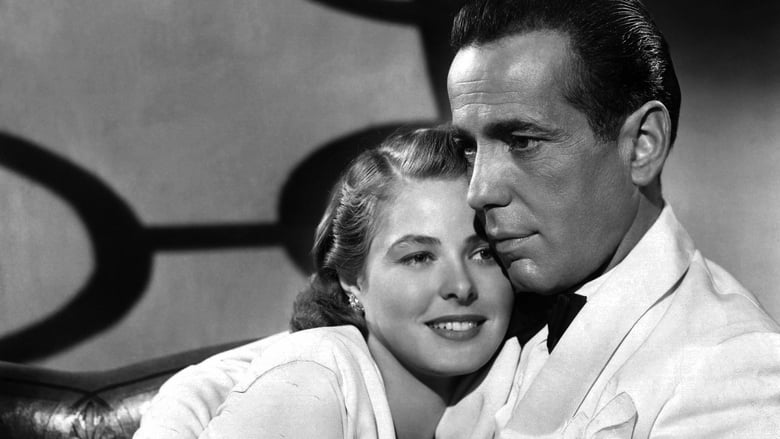Discovering morocco: a cinematic journey through the kingdom
Morocco, with its captivating landscapes and rich culture, has long been a muse for filmmakers. From classic tales of romance to modern dramas, the country provides a stunning backdrop that enhances every story.


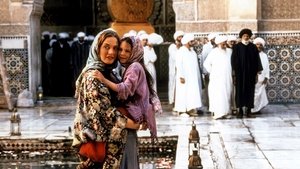
Lights, camera, Morocco! This North African gem has starred in countless films, each capturing a unique facet of its allure. Whether it's the romantic whispers of Rick's Café in "Casablanca" or the mysterious sands of "The Mummy", Morocco offers more than just scenery; it's a character in itself.
Interestingly, not all Moroccan stories are set in ancient times or exotic locales. Films like "Horses of God" delve into the complexities of modern Moroccan society, offering raw and unflinching portrayals of everyday life. Similarly, "Marock" presents a contemporary view of young love against the backdrop of cultural divides within the country.
Then there's "The Sheltering Sky," which uses the vastness of the Moroccan desert to explore the inner turmoil of its characters, or Hitchcock's "The Man Who Knew Too Much", a suspenseful thriller that leverages the bustling marketplaces and narrow streets of Marrakech to build tension.
From silent films like "Bubbles" to dramas like "Hideous Kinky" starring Kate Winslet, Morocco's cinematic versatility is clear. These movies, spanning decades and genres, invite viewers to explore Morocco's beauty and complexity.
9. Bubbles (1922)
Bubbles, released in 1922, is a silent film that, while not directly related to Morocco in its plot, represents the era of early cinema. Its inclusion in a list related to Morocco might stem from potential filming locations, thematic connections, or perhaps its availability within Moroccan film archives. Considering its age, the film likely presents a historical perspective on filmmaking techniques and storytelling conventions of the time. Without specific details linking it to Morocco, its relevance remains speculative.

8. Aloft (2014)
Aloft, directed by Claudia Llosa, is a drama that presents a non-linear narrative spanning different periods in the life of a mother and her son. While not specifically centered on Morocco, the film utilizes various landscapes to reflect the emotional states and journeys of its characters. The film explores themes of faith, healing, and the complex bonds between family members. Starring Jennifer Connelly and Cillian Murphy, Aloft weaves together a story of resilience and the search for connection in the face of adversity. Although Morocco is not a primary setting, the film's use of diverse locations adds to its visual and thematic depth. The film is a visually striking and emotionally resonant film that delves into the complexities of human relationships and the power of hope.

7. The Mummy (1999)
While primarily set in Egypt, The Mummy (1999) features scenes filmed in Morocco, adding to the film's exotic and adventurous atmosphere. This action-packed adventure follows Rick O'Connell (Brendan Fraser) and Evelyn Carnahan (Rachel Weisz) as they accidentally awaken a dormant mummy, Imhotep, who threatens to unleash chaos upon the world. The Moroccan landscapes provide a stunning backdrop for the film's thrilling sequences and contribute to the sense of mystery and danger. Though not a central location, Morocco's contribution to the film's visuals is significant. The Mummy was a blockbuster hit, known for its special effects, humor, and exciting storyline, revitalizing the classic horror franchise for a new generation.
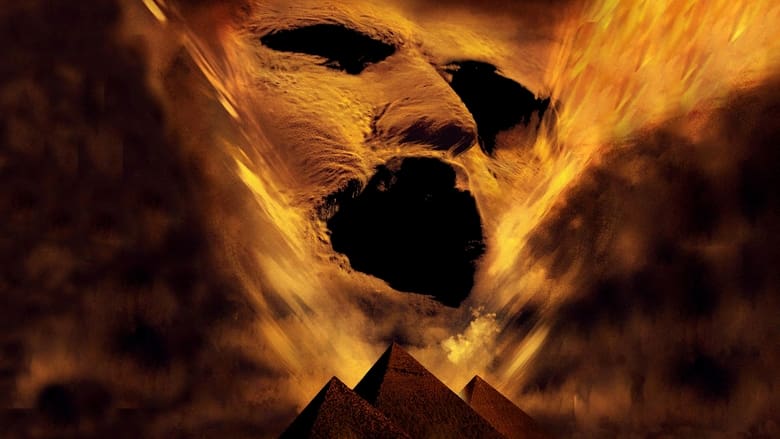
6. The Sheltering Sky (1990)
The Sheltering Sky, directed by Bernardo Bertolucci, is a visually stunning and psychologically intense drama set in North Africa. Based on the novel by Paul Bowles, the film follows a married couple, Kit and Port Moresby, as they journey through the Sahara Desert in search of meaning and escape from their troubled relationship. While not exclusively set in Morocco, the film captures the mystique and desolation of the desert landscape. Debra Winger and John Malkovich deliver powerful performances as the couple whose marriage unravels amidst the vastness of the Sahara. The film's cinematography is breathtaking, showcasing the beauty and harshness of the desert environment. Fun fact: The author of the novel, Paul Bowles, makes a cameo appearance in the film.

5. Hideous Kinky (1999)
Hideous Kinky, starring Kate Winslet, tells the story of a young English mother who moves to Morocco with her two daughters in search of spiritual enlightenment. Set in the 1970s, the film captures the atmosphere of Marrakech and its surroundings through the eyes of a woman seeking a different way of life. While the film highlights the allure of Moroccan culture and landscapes, it also portrays the challenges and hardships faced by the family as they adapt to a new and unfamiliar environment. Kate Winslet's performance is particularly noteworthy, capturing the character's determination and vulnerability. It is based on the novel by Esther Freud, Sigmund Freud's granddaughter.

4. Marock (2005)
Marock, directed by Laïla Marrakchi, is a compelling drama that explores the complexities of identity, religion, and love in modern-day Morocco. The story revolves around Rita, a young Muslim woman from a wealthy family, who falls in love with Youri, a Jewish boy. Their relationship challenges societal norms and religious expectations, forcing them to confront the prejudices and limitations of their respective communities. The film offers a nuanced perspective on the challenges faced by young people in Morocco as they navigate between tradition and modernity. Marock is a beautifully shot and emotionally resonant film that provides insight into the lives of Moroccan youth and the universal struggles of love and acceptance.

3. Horses of God (2013)
Horses of God offers a raw and unflinching look into the lives of young men in Morocco who become radicalized and involved in the 2003 Casablanca bombings. Directed by Nabil Ayouch, the film provides a fictionalized account based on real events, exploring the social and economic factors that contribute to extremism. The movie doesn't shy away from depicting the harsh realities of poverty, disillusionment, and the manipulation of vulnerable individuals. It is a powerful and thought-provoking film that challenges viewers to understand the complexities behind acts of terrorism. The film's authentic portrayal of Moroccan society and its sensitive handling of a difficult subject make it a significant contribution to contemporary cinema.
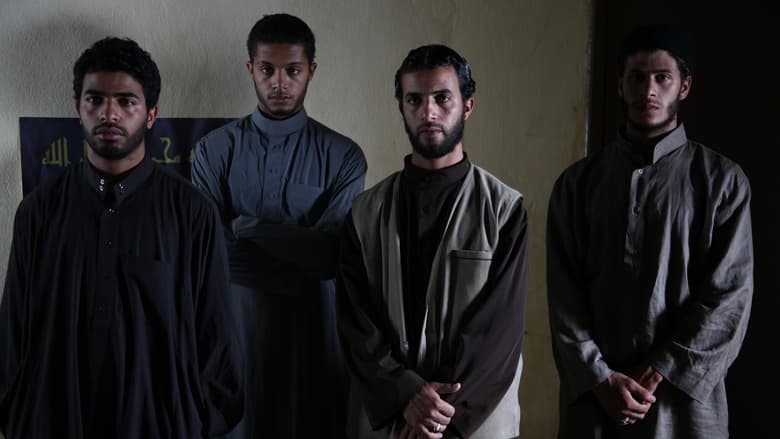
2. The Man Who Knew Too Much (1956)
Alfred Hitchcock's The Man Who Knew Too Much is a thrilling suspense story partially set in Marrakech, Morocco, adding an exotic dimension to the plot. A family on vacation stumbles upon a murder plot, and their son is kidnapped to ensure their silence. The film skillfully uses the bustling Moroccan settings to heighten the tension and mystery, showcasing Hitchcock's mastery of suspense. The remake, starring James Stewart and Doris Day, captures the essence of Hitchcock's storytelling, blending suspense with stunning visuals of Marrakech. Fun fact: Hitchcock initially made this film in 1934, then remade it in 1956 with a larger budget and different actors. Both versions are worth watching to appreciate Hitchcock's evolving style and storytelling techniques.
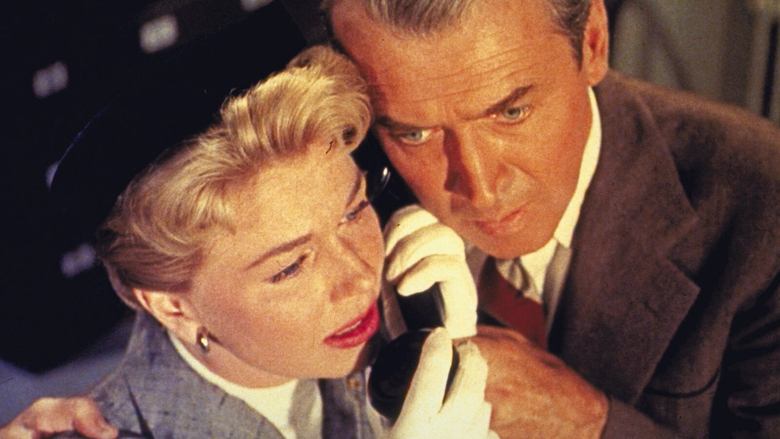
1. Casablanca (1943)
Set against the backdrop of World War II, Casablanca isn't just a movie; it's a timeless masterpiece. While not entirely filmed in Morocco, the narrative heart of the film beats in the city of Casablanca, making it synonymous with intrigue and romance. Humphrey Bogart's Rick Blaine, an American expatriate, owns a nightclub that becomes a haven for refugees seeking passage to the United States. The arrival of Ilsa Lund, played by Ingrid Bergman, Rick's former lover, throws his world into turmoil. Did you know that the film's iconic line, "Here's looking at you, kid," wasn't originally in the script? Bogart ad-libbed variations of it during rehearsals with Bergman, and it stuck. Casablanca won three Academy Awards, including Best Picture, and its enduring appeal lies in its themes of love, sacrifice, and moral responsibility. A must-watch for anyone who appreciates classic cinema.
